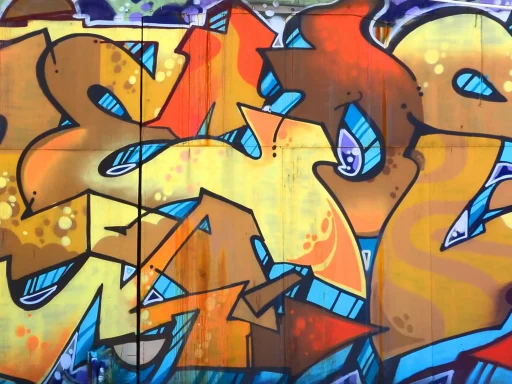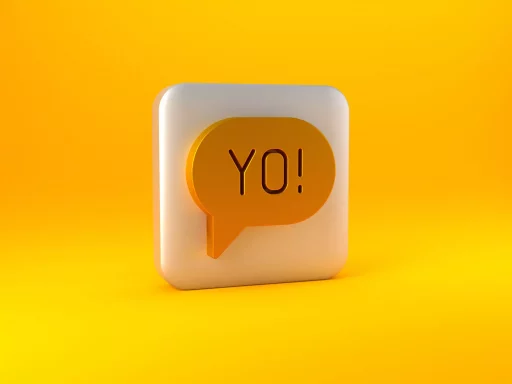Introduction
When you hear the term ‘furry’ in slang, you might immediately think of animals covered in fur. However, in recent years, the term has taken on a whole new meaning in popular culture. Let’s delve into what ‘furry’ means in slang and how it has evolved over time.
What is a Furry?
Typically, a furry is someone who is a fan of anthropomorphic animal characters. These characters have human-like characteristics such as walking on two legs, talking, and expressing emotions. Furries often create their own characters known as ‘fursonas’ and engage in activities such as role-playing, art, and costume-making.
Origin of the Term
The term ‘furry’ originated in the furry fandom community, which emerged in the 1980s. Initially, it was used to describe fans of anthropomorphic animals in art, literature, and media. Over time, it has become more mainstream and is now used in slang to refer to anyone who enjoys anthropomorphic characters.
Evolution of the Term
While the furry fandom has its roots in art and literature, it has expanded to encompass a wide range of interests and activities. Furries can be found in online communities, conventions, and social events where they can connect with like-minded individuals. The term ‘furry’ has also become more inclusive and now includes people who simply appreciate anthropomorphic art and characters.
Common Misconceptions
-
One common misconception about furries is that they have a sexual interest in animals. In reality, the furry fandom is primarily focused on creativity, community, and self-expression.
-
Another misconception is that all furries own fursuits. While some furries enjoy dressing up as their characters, many do not own fursuits and simply engage with the fandom in other ways.
Positive Aspects of the Furry Fandom
The furry fandom has a strong sense of community and acceptance. Many furries find support and friendship within the fandom and use it as a creative outlet. Additionally, the furry community often raises money for charity through events such as art auctions and conventions.
Case Studies
One example of the positive impact of the furry fandom is the story of a young artist who found a supportive community of fellow furries online. Through their encouragement and feedback, the artist was able to improve their skills and gain confidence in their work.
Statistics
According to a survey conducted by the International Anthropomorphic Research Project, 78% of furries reported feeling a sense of belonging in the fandom, while 63% said it helped them cope with stress and anxiety.
Conclusion
In conclusion, the term ‘furry’ in slang has evolved to encompass a wide range of interests and activities related to anthropomorphic characters. While there are still misconceptions about the furry fandom, it is a welcoming and creative community that provides support and friendship to its members.






